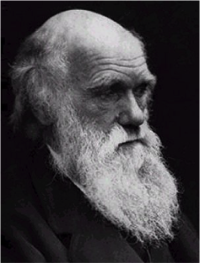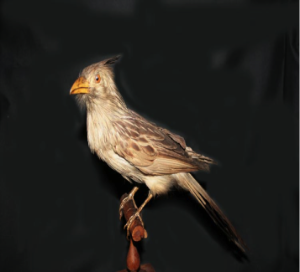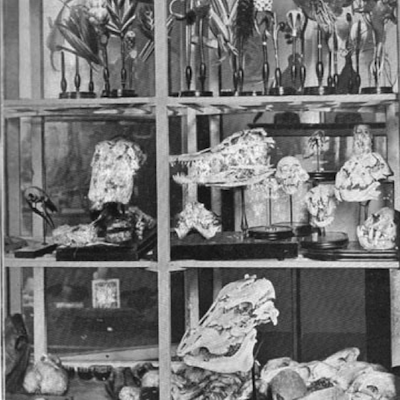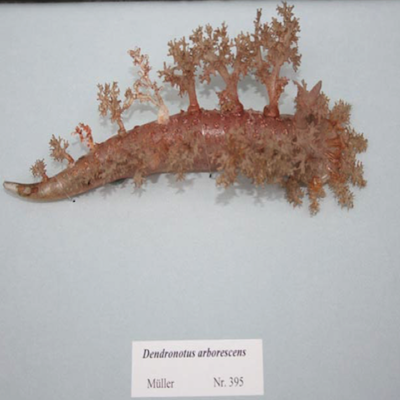-
Courses

Courses
Choosing a course is one of the most important decisions you'll ever make! View our courses and see what our students and lecturers have to say about the courses you are interested in at the links below.
-
University Life

University Life
Each year more than 4,000 choose University of Galway as their University of choice. Find out what life at University of Galway is all about here.
-
About University of Galway

About University of Galway
Since 1845, University of Galway has been sharing the highest quality teaching and research with Ireland and the world. Find out what makes our University so special – from our distinguished history to the latest news and campus developments.
-
Colleges & Schools

Colleges & Schools
University of Galway has earned international recognition as a research-led university with a commitment to top quality teaching across a range of key areas of expertise.
-
Research & Innovation

Research & Innovation
University of Galway’s vibrant research community take on some of the most pressing challenges of our times.
-
Business & Industry

Guiding Breakthrough Research at University of Galway
We explore and facilitate commercial opportunities for the research community at University of Galway, as well as facilitating industry partnership.
-
Alumni & Friends

Alumni & Friends
There are 128,000 University of Galway alumni worldwide. Stay connected to your alumni community! Join our social networks and update your details online.
-
Community Engagement

Community Engagement
At University of Galway, we believe that the best learning takes place when you apply what you learn in a real world context. That's why many of our courses include work placements or community projects.
The Darwin Collection
Specimens from the voyage of the Beagle
 Charles Darwin’s theory of evolution by natural selection was one of the most significant milestones in the history of the Biological Sciences. It was proposed at a time (the 1850s) when nothing was known about how inheritance worked, or about the nature of genes. Yet subsequent advances in these fields, by Mendel (1860s), Watson and Crick (1950s) and other scientists, have confirmed and enriched Darwin’s theory, rather than coming up with some alternative view of how evolution happens.
Charles Darwin’s theory of evolution by natural selection was one of the most significant milestones in the history of the Biological Sciences. It was proposed at a time (the 1850s) when nothing was known about how inheritance worked, or about the nature of genes. Yet subsequent advances in these fields, by Mendel (1860s), Watson and Crick (1950s) and other scientists, have confirmed and enriched Darwin’s theory, rather than coming up with some alternative view of how evolution happens.
Darwin’s 5-year voyage on the ship HMS Beagle, from 1831-1836, was to provide much of the evidence for his theory. He studied animals, plants, fossils and rocks in many parts of the world, perhaps most notably on the Galapagos Islands, off the coast of Ecuador. The many species of finches found there are now known as “Darwin’s Finches”; and several books (by various authors) have been devoted entirely to this group of birds, the most recent appearing in 2008.
 Following the end of the voyage of the Beagle, Darwin presented his collection of birds and mammals to the Zoological Society of London. In 1855, the Council and Auditors of the Zoological Society decided to dispose of some of their collections, partly on account of inadequate storage facilities. They arranged a sale to the Board of Direction, Queen’s College Galway (now NUI Galway), of a series of specimens, including the four displayed in the Zoology and Marine Biology Museum, which had been presented to the Society by Darwin. The specimens consist of three mammal species: a grison, a cavy and an Azara’s fox; and one bird species, a guira cuckoo (left). All four species were collected from South America.
Following the end of the voyage of the Beagle, Darwin presented his collection of birds and mammals to the Zoological Society of London. In 1855, the Council and Auditors of the Zoological Society decided to dispose of some of their collections, partly on account of inadequate storage facilities. They arranged a sale to the Board of Direction, Queen’s College Galway (now NUI Galway), of a series of specimens, including the four displayed in the Zoology and Marine Biology Museum, which had been presented to the Society by Darwin. The specimens consist of three mammal species: a grison, a cavy and an Azara’s fox; and one bird species, a guira cuckoo (left). All four species were collected from South America.
As is well known, Darwin was reluctant to publish his theory of evolution, and continued to amass evidence in its favour for many years before publishing it. In the end, the stimulus to publish came from his receipt of a letter from a fellow-naturalist, Alfred Russel Wallace, proposing essentially the same theory. Papers from Darwin and Wallace were read at the Linnean Society of London in 1858, yet neither man was present, and the papers made little impact. But the following year Darwin published On the Origin of Species, which made an enormous impact. The rest, as they say, is history.


















